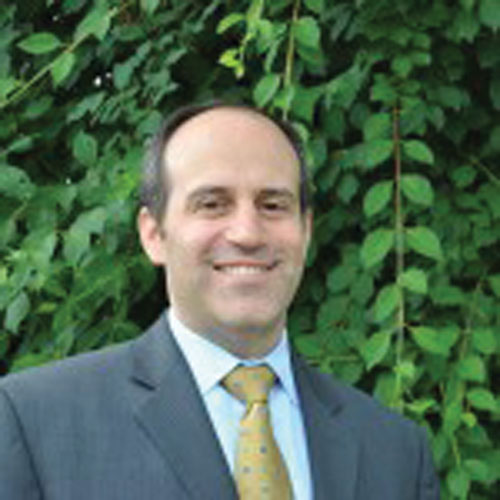.jpg)
.jpg)
In a continuing effort to get to know our wonderful mechanchim and hear their opinions about important issues and concerns facing our school-aged children, the following question was asked our panel:
.jpg)
How much time, if any, should be devoted to teaching elementary school students about the Holocaust and to which grades?
Rabbi Steven Penn, Assistant Principal, Yavneh Academy
Teaching students about the Holocaust is very important. We are entering an era that will not have any Holocaust survivors to recount personal stories. Our next generation needs to learn about this time period and have the ability to transmit it to the next generation.
Taking this into account, I still do not think that the lower elementary grades are the appropriate grades for extensive education about the Holocaust. My opinion was formulated from personal experience and through reading the recommendations of the U.S. Holocaust Memorial Museum and Yad Vashem. They advise to concentrate the beginning of formal study of the Holocaust to middle school. To spend extensive time teaching the Holocaust in the lower grades does not educate them. Children at this age need to build a strong foundation in their Jewish identity. Allotting a lesson or two in each grade level per year in the weeks leading up to Yom Hashoah—lessons on the great Jewish communities of Europe, tolerance,and heroism—are vital ways to strengthen our children’s Jewish pride.
Once we enter middle school, however, teaching of the Holocaust should be a major part of the curriculum. The students at this age have the maturity to handle the discussions on this horrible time period for the Jewish people. A great book for teaching young people about the Holocaust is The War Against God And His People by Rabbi Shmuel Burstein.
Mrs. Tzippy Staum, Morah, Rosenbaum Yeshiva of North Jersey
The Holocaust is an integral part of our Jewish history. Many of the details and stories are significant to truly understand how life was before and after the war. Children often “relate” and learn well from stories. However, these details are often graphic and can be “heavy” for a child to grapple with. Most schools therefore teach the Holocaust to seventh and eighth graders. I believe that students of these ages should be taught a unit of the “history” of WWII, and the schools should carefully add the anecdotes, details, and stories that are appropriate for students to gain the sensitivity and understanding of life during the Holocaust.
Children today are exposed to a lot of violence, terrorism and other horrific details of pure intent to kill. However, being the subject of a dictator›s sole mission to annihilate, as the Jews were to Hitler, is a very different and personal tragedy. Examining how the events of the Holocaust relate to the students personally, in their lives and their communities today, is an important lesson. Students younger than seventh and eighth grade should not explicitly be taught the heavy and graphic details of the Holocaust. They can, however, participate in zachor, remembering the victims and understanding that there was a dark period in history in which our grandparents and great-grandparents experienced a war in which there were many lives lost. Younger children are able to compare this to a “modern” version similar to other dark periods of persecution in Tanach, such as Mitzrayim, Haman, and the Yevanim.
Teaching the Holocaust to a school-aged audience is important to gain awareness and understanding of events in history and how such events shape us as individuals and as a nation.
Dr. Elliot Prager, Principal, The Moriah School
As one of the epoch-making chapters in Jewish history, the Shoah must be a subject which is introduced to our elementary school children early on in their education. However understandable the view that young children should be shielded from talk of the Holocaust until they are young teens, the Shoah is far too central an event in the modern Jewish world for us to omit it from the consciousness of the younger generation, providing that the educator is always sensitive to the cognitive and emotional developmental stage of the child s/he is teaching.
At Moriah, on Yom Ha’Shoah, we begin introducing the subject in kindergarten through simple and gently told children’s stories (The Tattered Torah is one of the more famous titles) and, with each higher age group, add new levels of understanding of the event. Beginning in sixth grade, through reading of fictional and non-fictional accounts, we approach the Shoah with increasing levels of detail and, even then, we stay clear of focusing on specific atrocities. It is only in 8th grade, through works such as Wiesel’s Night and survivor testimony, that we expose our students to the horrors of this period.
With the exception of the recent Names Not Numbers project (a voluntary, extra-curricular program) we have made a conscious decision at Moriah to not teach a full year course on the Holocaust. Far too much of the contemporary Jew’s identity is based around the Shoah. While providing meaningful experiences to learn about the European tragedy, we prefer to build the foundations of our children’s Yiddishkeit on the beauty, depth and power of traditional Jewish learning.
Compiled by P’nina Seplowitz










